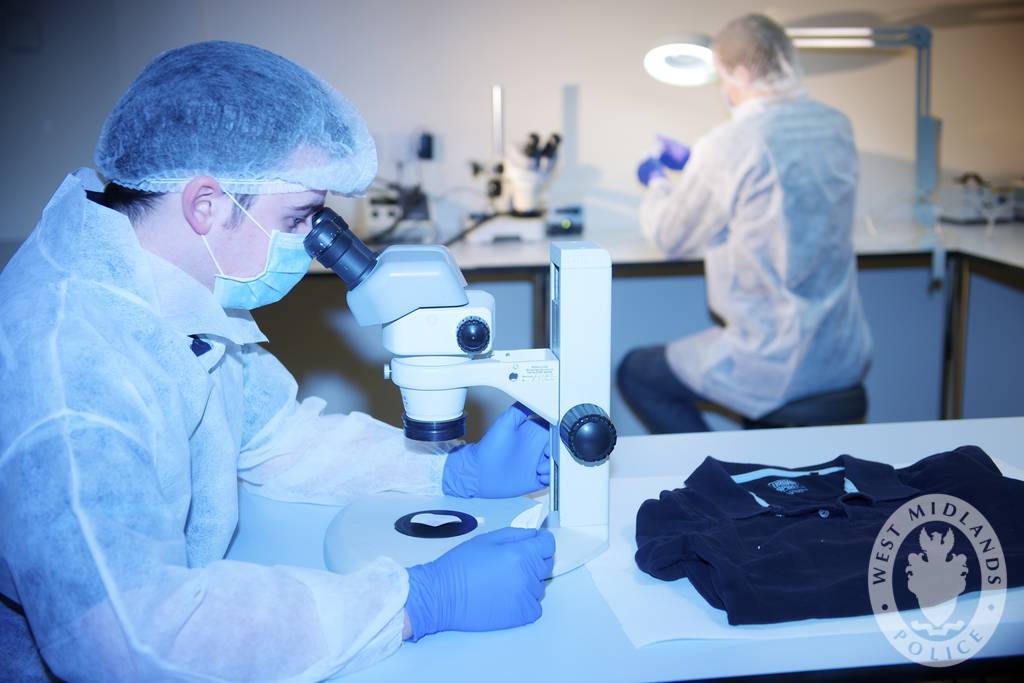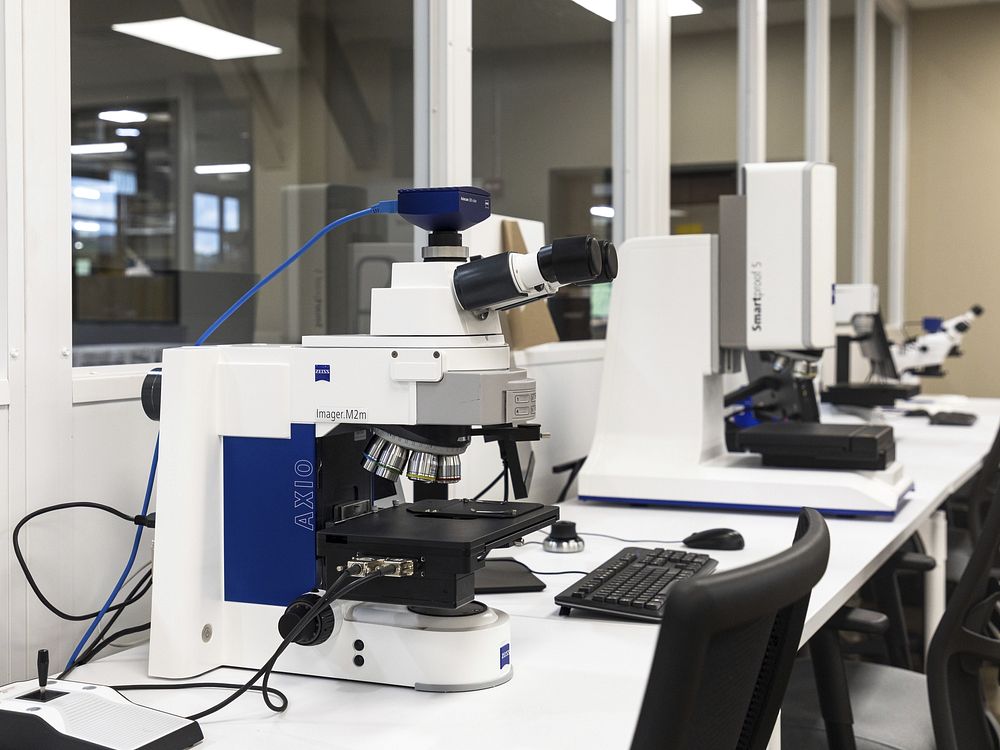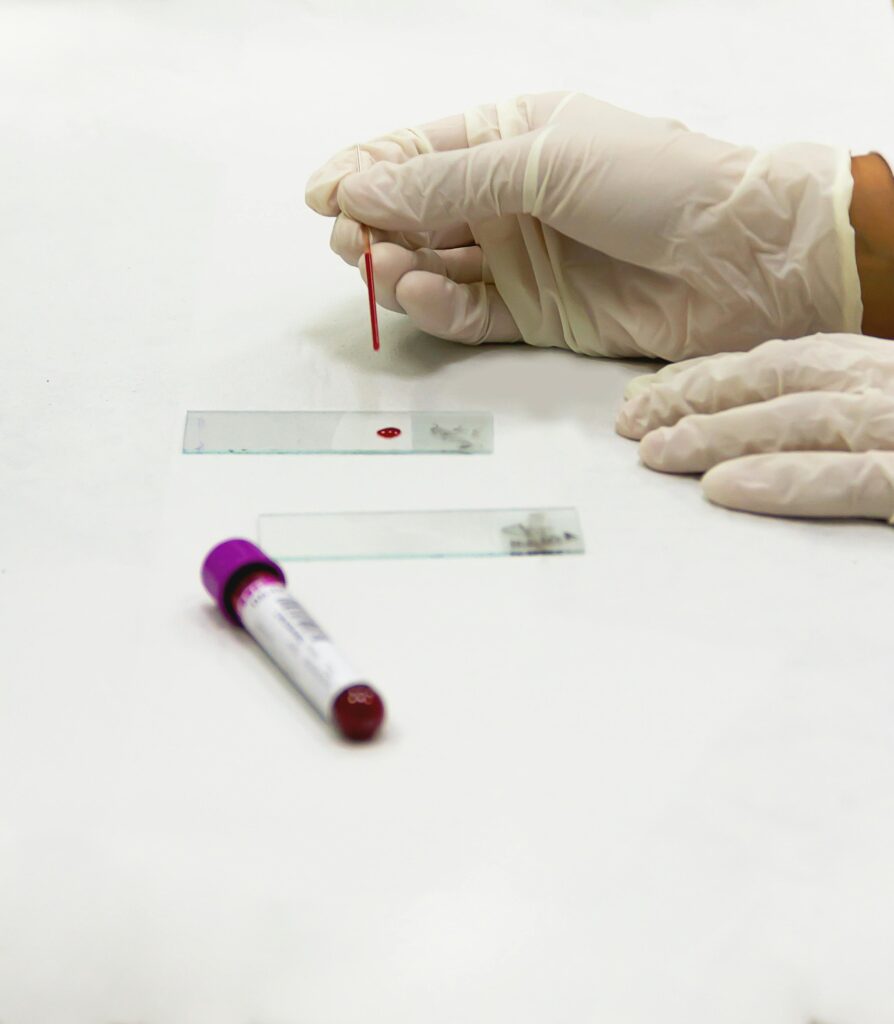Now Reading: Ear Pattern Analysis in Forensic Investigation
-
01
Ear Pattern Analysis in Forensic Investigation
Ear Pattern Analysis in Forensic Investigation
Ear print analysis or forensic Otoscopy is the use of Ear print in Forensic Investigation. It is emerging Discipline since 1960s. First Reported use of ear print in Investigation was done in 1965 by Fritz Hirsch in the town of Bienne, Switzerland. It was a burglary case. Thereafter it is extensively used till date admitting the feasibility of ear prints.
Ear print can prove vitally important in Investigation due to its unique characteristics that lie between populations. Predominantly human ear remains same from birth till death and growth too is relative. It Can be major evidence found in the cases where a person tries to hear something by placing on his/her ear over the surface particularly doors, Windows, floor etc. As reported about 15% cases involve ear print as evidence [12]. This follows Locard’s principle of Exchange where the wax and oil on ear are being left on the surface with which it comes in contact. Impression by ears are two dimensional marked by elevated portions of the structure particularly Helix, antihelix, Tragus and antitragus.
The human ear is regarded as distinctive due its absolute morphological arrangement as shape of the ear, size and formation of the tragus, thickness and earlobe, helix Shape, Darwin’s tubercle forms, Unique and special characteristics of the ear, etc.
Significance of Ear print in Forensic science
1. The print left at the scene of offence can help to eliminate or prove the presence or absence of particular person at the scene.
2. Though difficult, Individualization from ear print is not impossible.
3. It can also be used to compare against the database where there is no suspect in the case
4. Identity of the mobile phone user by using ear print can be established.
Shape and size of the ear can be used for facial reconstruction in forensic Investigation as per proved by some researchers [3][13].
Collection of ear print
Principle method for collection of ear print is same like Fingerprint collection.It uses either physical method or chemical method for visualization of prints. Also some other techniques as taking photographs, Collection of standards by pushing ears against a flat glass and taking thermo gram picture of ear. For getting three dimensional samples from a indiviual, Dental detax resins can be used wherein cotton plug is inserted followed by pouring of resin which then solidifies getting three dimension characteristics of ear.
Analysis
Analysis is either done by Superimposing of photographs or side by side comparison. In Some cases digitalized method can also be used. Though there is not so far well-developed digitalized method, European Union’s “The Forensic Ear Identification (FearID)” research project was initiated in order to study the reliability of evidence of ear prints found on scene of offence. It is also into the process of building a database for ear prints that can be used worldwide.
Factors affecting the ear print pattern
1. Surface over which print being deposited affects the quality of print. Smooth surfaces provide good quality impression compared to that of irregular surface.
2. The pressure applied by the individual during the contact. It may either give fragmented or complete impression.
3. It may also depend over the temperature as high temperature leads to secretion of oil naturally present in the ear.
4. Any abnormalities present in the ear.
5. Piercing of ear and lots of earring may also influence the formation of pattern.
6. Superimposition of another print like fingerprint, palm print or any secondary print may lead to destruction of prints to some extent.
7. Weathering may also occur between the incident and discovery of print.
Characteristics and feature of ear print
Like fingerprints, Ear print too has specific characteristics which can be their shape such as
· Oval type –side edges of the print are rounded along with width measured at tragus level is smaller than half ear length. It is found to be most common type of form.
· Circular type –Edges of the prints are rounded. Width of impression measured at tragus level is more than half of its length.
· Triangular type – It shows Triangular edge of the impression having wider helix.
· Rectangular type- Has somewhat rectangular edge with pointed helix.
Also Individualization can be done based on length and width of the ear. However these characteristics are present with most of the population hence some researchers termed these characters as class characters rather than Individual characters. According to few researchers individualization can be done on the basis of scars, Physical deformity due to accident or diseases, Birthmarks etc.
Limitations
1. It is largely criticized because the process for individualization was found to be Subjective.
2. There is not well-developed scientific protocol for analysis of ear prints which is accepted by entire scientific community. Data is analyzed as discrete and has almost no computerized system for doing analysis and hence can induce selectivity and bias.
3. Ear print alone cannot be used for Individualization but has to be supported with other evidences such as DNA
4. It is generally placed at publically accessible areas that can be largely disturbed by imposing other prints.
5. Time of imprinting cannot be determine that may mistake innocent at the site of offence and mislead
6. Also no single print can produce same print twice, as it varies with angle and pressure applied.
7. The length even after proper development cannot be same as tissue loses elasticity with age. Also stretching can occur due to bulky earrings in some cases.
References:
1. Alberink, I., & Ruifrok, A. (2007). Performance of the FearID earprint identification system. Forensic science international, 166(2-3), 145-154.
2. Cameriere, R., DeAngelis, D., & Ferrante, L. (2011). Ear identification: a pilot study. Journal of forensic sciences, 56(4), 1010-1014.
3. Guyomarc’h, P., & Stephan, C. N. (2012). The validity of ear prediction guidelines used in facial approximation. Journal of forensic sciences, 57(6), 1427-1441.
4. Hammer, H. J. (1986). The identification of ear prints secured at the scene of the crime. Fingerprint Whorld, 12(46), 49-51.
5. Hammer, H. J. (1986). The identification of ear prints secured at the scene of the crime. Fingerprint Whorld, 12(46), 49-51.
6. Iannarelli, A. V. (1989). Forensic identification series: ear identification. Paramont, California, 5.
7. Kennerley, J. (1998). Ear prints—a progress report. Fingerprint Whorld, 24(92), 69-70.
8. Kasprzak, J. (2015). Forensic otoscopy-new method of human identification.
9. Krishan, K., Kanchan, T., & Thakur, S. (2019). A study of morphological variations of the human ear for its applications in personal identification. Egyptian Journal of Forensic Sciences, 9(1), 6.
10. Lammi, H. K. (2004). Ear biometrics. Lappeenranta University of Technology.
11. Meijerman, L., Sholl, S., De Conti, F., Giacon, M., van der Lugt, C., Drusini, A., … & Maat, G. (2004). Exploratory study on classification and individualisation of earprints. Forensic Science International, 140(1), 91-99..
12. Meijerman, L., Thean, A., & Maat, G. (2005). Earprints in forensic investigations. Forensic Science, Medicine, and Pathology, 1(4), 247-256
13. Swift, B., & Rutty, G. N. (2003). The human ear: its role in forensic practice. Journal of Forensic Science, 48(1), 1-8.








